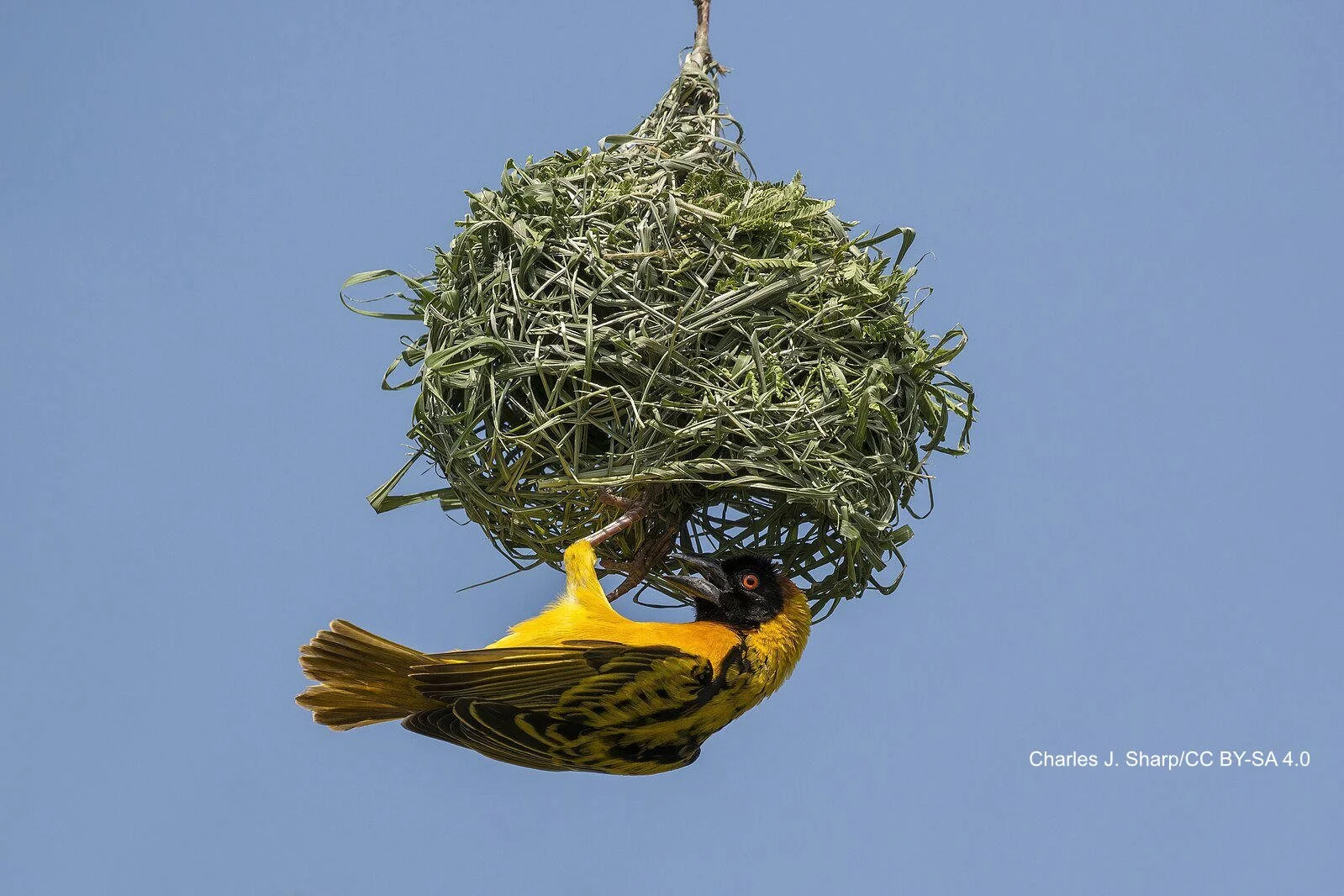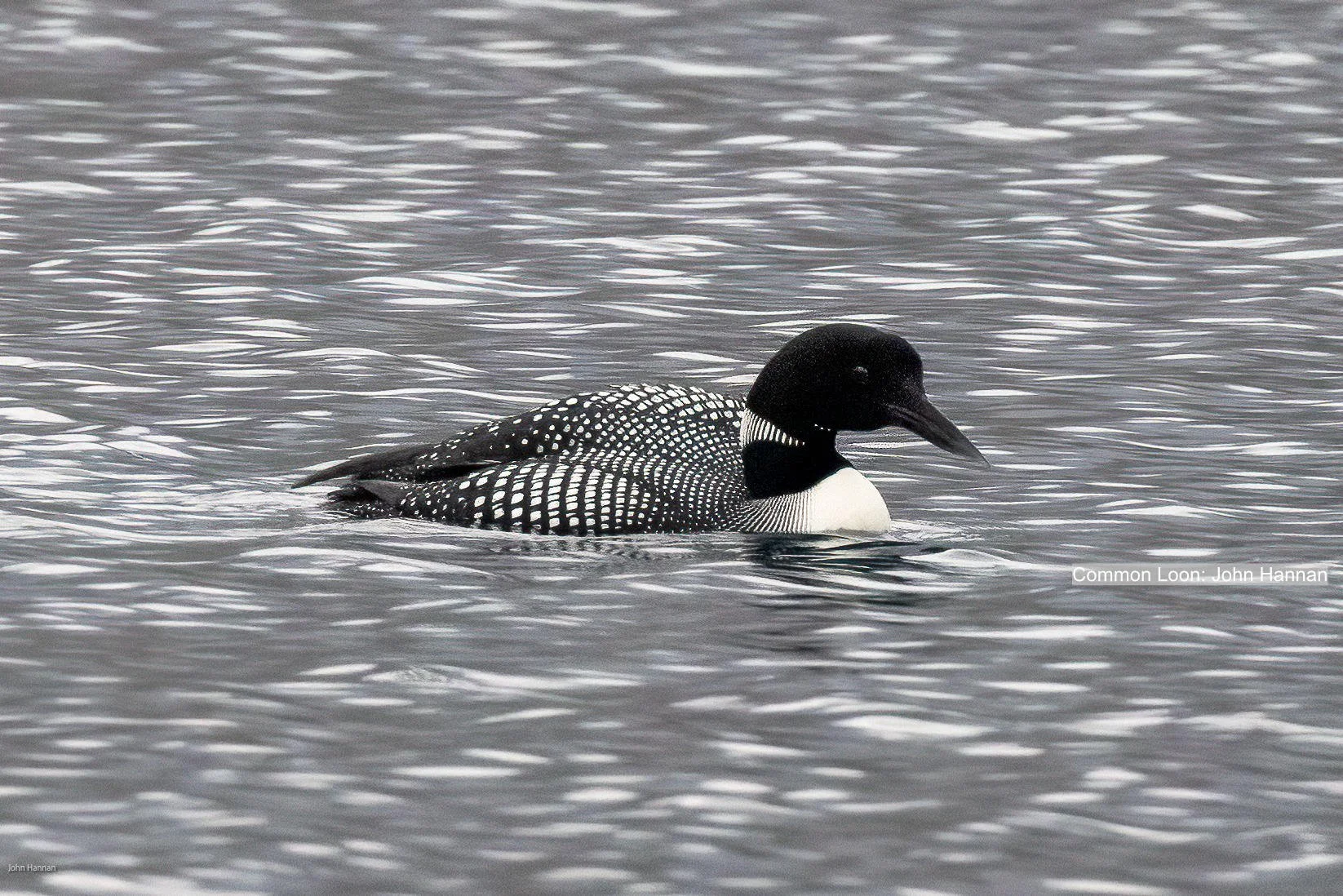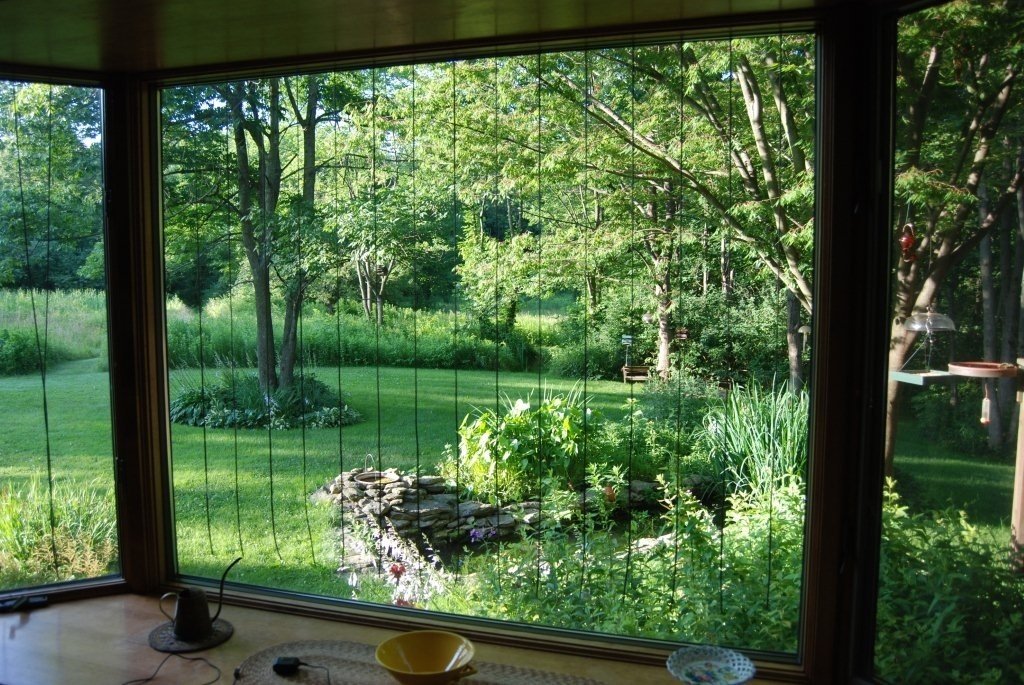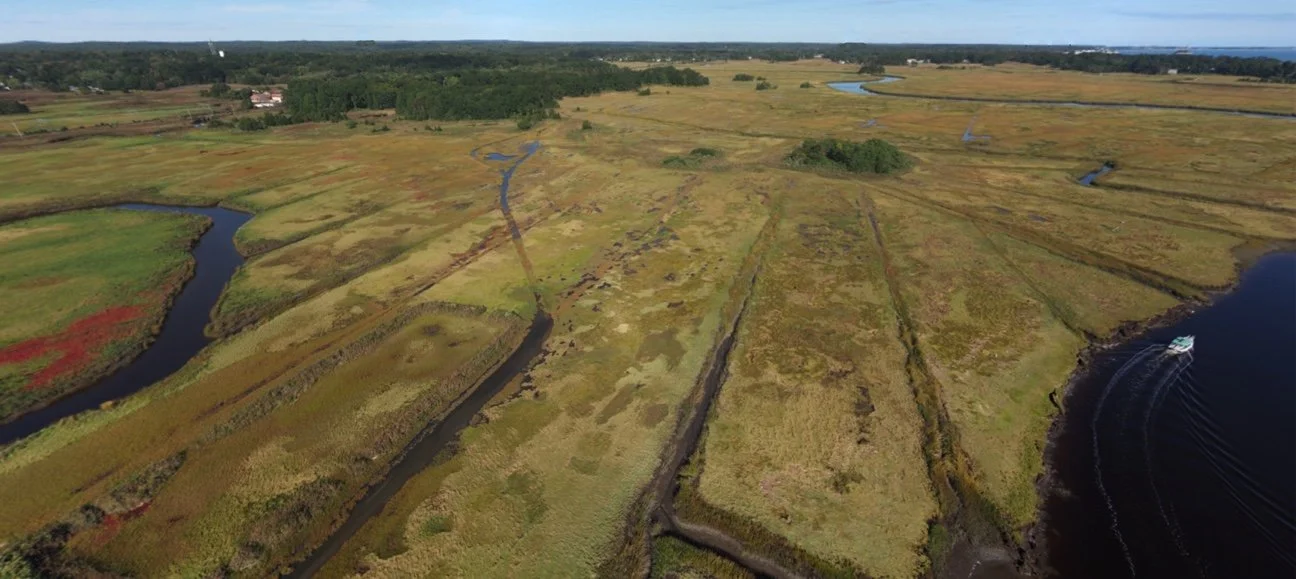Ten Days Immersed in Nature while Reflecting on the Clashes of Culture, History, Politics, and Climate
During July of 2023, John Hannan led a BirdLife International tour with author and poet Margaret Atwood from Iceland to Greenland. For fourteen days, the group sailed through remarkable natural environments and stunning landscapes. Together, they witnessed wildlife that is — without the crucial interventions of organizations like the BirdLife Partnership, which includes National Audubon — perilously close to disappearing forever.
With imagery and dialogue, John will discuss how this expedition used hikes, wildlife viewing, visits to Inuit communities, historic sites, and Zodiac cruising to gain special insight into these unique lands, their peoples, rich cultures, and the wildlife they share there.
Come to see the beautiful imagery of arctic landscapes and wildlife under the almost 24-hour summer sun. Reflect upon the complicated relationships of Inuit and European cultures made even more complex by current geopolitical trends. Learn more about the rapid changes the Arctic region is experiencing with climate change.
John will discuss visiting Reykjavík, Iceland’s cosmopolitan capital, which was established in the year 874 CE. This city, powered by geothermal energy, is widely considered one of the cleanest, greenest cities on Earth. View images of crossing the Denmark Strait, a major migratory pathway for marine animals and seabirds, riding zodiacs through sea ice searching for polar bears, seals, and birds, and then landings for more birds, historic sites, and learning about Inuit culture.
John Hannan is a 40-year veteran of the non-profit world, most of it in the conservation sphere. He has been a part of the Audubon family at all levels. On staff, at National Audubon, he helped launch the Americas Flyways’ Strategy fund-raising efforts and was part of the planning team for the Atlantic Flyway Shorebird Conservation Business Plan. In NY, he is a past Chair of the Audubon NY State Chapters’ Council and a past and present President of the Bedford Audubon Board of Directors.
From 2017 to 2024, he worked with BirdLife International, building awareness and support for the Partnership’s coordinated global conservation programs. Now retired, he is helping build local awareness of how migratory birds truly bring an environmental connectivity we all share across our planet and how important it is for all of us to protect these fragile natural resources we depend upon.
Register for Zoom link.

































